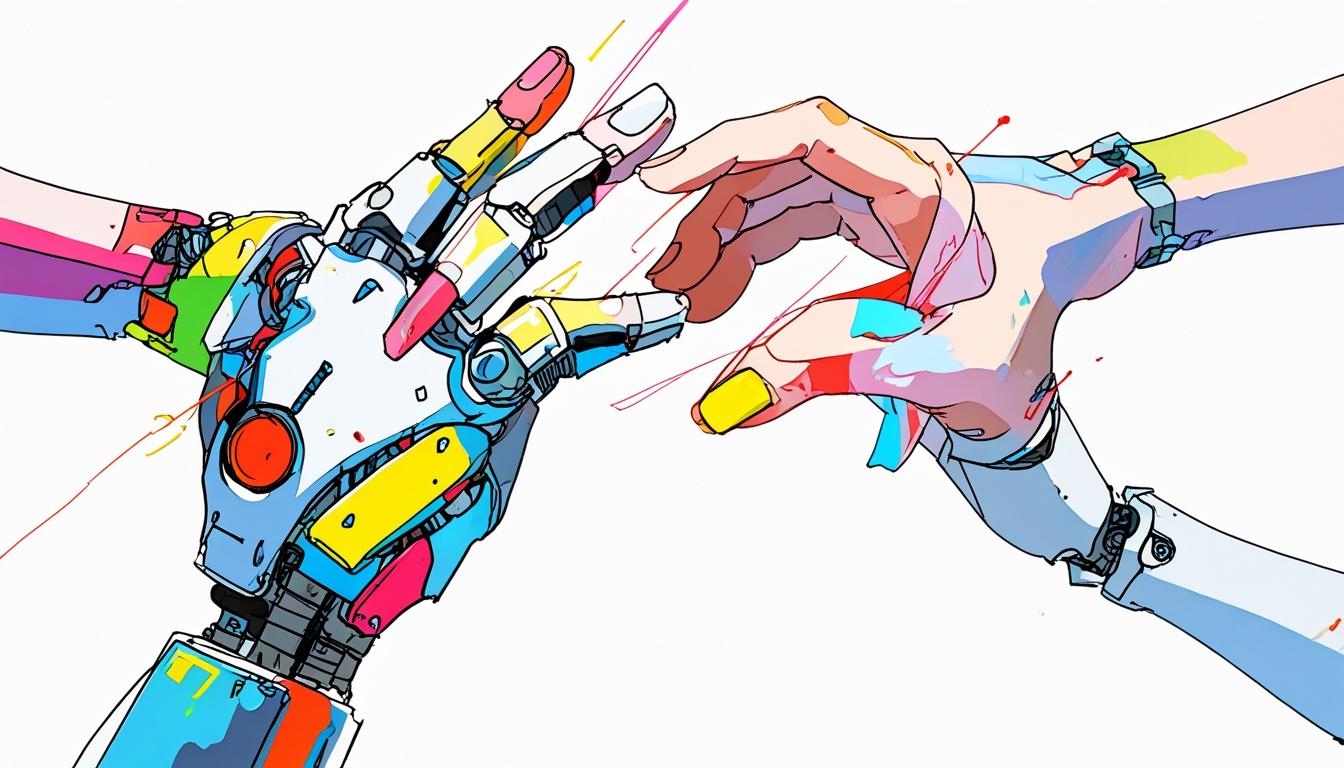Artificial intelligence has emerged as a transformative force in contemporary art, reshaping traditional concepts of creativity and authorship. Unlike previous technological innovations, such as photography or print, which served primarily as mediums for reproduction, A.I. actively engages in the creative process, establishing a dynamic feedback loop. This capability allows it to learn from and adapt to the data it processes, effectively positioning A.I. as a semi-autonomous collaborator rather than a mere tool. Consequently, the relationship between artists and machines has evolved into a dialogic exchange, wherein both parties impact the trajectory of artistic creation.
Among the leading figures in this new artistic landscape is Refik Anadol, whose innovative installations harness vast datasets combined with sophisticated A.I. algorithms. Anadol's immersive works draw from diverse sources, including meteorological data, architectural blueprints, and even brainwave activity, transforming these inputs into emotionally resonant visual environments. In a notable acceptance speech at the TIME100 AI Impact Awards, Anadol proclaimed, “For as long as I can remember, I have imagined data as more than just information—I have seen it as a living, breathing material, a pigment with infinite possibilities.” This perspective highlights his belief that data can transcend mere representation to become a medium through which new stories and experiences are crafted. Anadol's forthcoming project, 'Dataland,' set to open in Los Angeles, promises to further expand this dialogue by serving as the world’s first dedicated A.I. art museum.
Working alongside Anadol, other artists such as teamLab have advanced the boundaries of A.I.-generated art. This collective creates digital environments that respond in real-time to audience interaction, leveraging machine learning to form visually evolving installations. Such innovative practices disrupt traditional roles within artistic spaces, expanding the definition of authorship and creative intent. Similarly, musician Holly Herndon explores new frontiers in sound, co-composing music with her A.I. entity “Spawn.” By training this digital collaborator using her own vocal samples, she blends human creativity with algorithmic processes to pioneer unique sonic landscapes.
The evolution of A.I. in artistic practice has led to significant philosophical questions regarding authenticity in art. With A.I. capable of producing works that rival human creativity, the definition of what constitutes "authentic" art must be re-examined. Is authenticity derived from the human touch and oversight, from the originality of the conception, or from the collaborative process itself? Historically, artists such as Harold Cohen, who developed the AARON program in 1972, and Lillian Schwartz in the 1960s laid the groundwork for machine-assisted creativity, illustrating that artists have long recognised the potential of A.I. as a creative partner.
Recent figures like Sougwen Chung and Sofia Crespo are expanding this dialogue further, demonstrating that the essence of artistic authenticity may now be understood as a hybrid of human intuition and machine learning. In this new shared space, creativity can emerge from the interplay of data, algorithms, and human experience, suggesting that contemporary art is entering a phase where authorship becomes distributed.
The implications of this shift extend into the realms of legal, ethical, and market dynamics. The 2018 auction of the A.I.-generated Portrait of Edmond de Belamy for $432,500 marked a pivotal moment in which A.I. art gained both market validation and prompted heated debates around authorship, copyright, and artistic value. Critics worry that A.I. could devalue human creativity or lead to formulaic outputs; however, historical precedents suggest that new technologies often push the boundaries of art in unforeseen ways.
Institutions are beginning to confront the unique challenges posed by A.I. in the art world. Initiatives like the Future Art Ecosystems project at the Serpentine Galleries and ethical frameworks established by curators at ZKM Center for Art and Media are attempts to confront these questions head-on by developing guidelines for co-authorship and ownership in A.I.-generated works. These developments reflect an increasing awareness that the fruitful integration of A.I. requires proactive governance and ethical consideration.
Anadol asserts that these technologies do not threaten human creativity, but rather augment it. He remarked, “Human creativity requires a strong connection between memory and emotion—something that generative A.I. will always lack.” This perspective encourages a view of A.I. as a companion in the artistic process, opening new avenues for collaboration between technologists, artists, and the audience. Emphasising the importance of transparency and experimentation, Anadol urges artists and curators to approach A.I. with openness, allowing for unexpected discoveries and insights to emerge from these interactions.
As the field matures, it is clear that A.I. is not merely a tool but a partner in a redefined creative landscape. This cross-pollination of ideas and disciplines could indeed foster fresh artistic expressions that challenge our understanding of art itself. A more collective vision of creation may ultimately enrich our cultural landscape, expanding what is envisioned and experienced in the realms of art and beyond.
Reference Map
- Paragraphs 1, 2, 3, 4, 5.
- Paragraphs 3, 4.
- Paragraphs 2, 3, 4.
- Paragraphs 1, 2, 3.
- Paragraph 4.
- Paragraph 1, 5.
Source: Noah Wire Services
